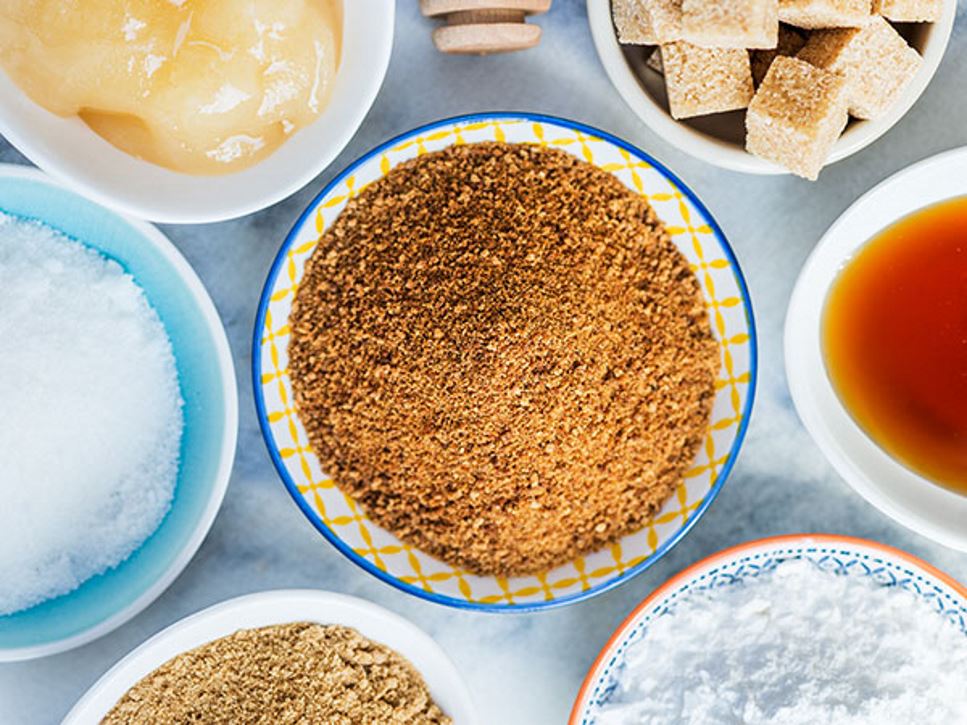Are you trying to watch your intake of added sugars? The 2020-2025 Dietary Guidelines for Americans recommend limiting added sugars to no more than 10% of your total daily calorie intake, which is 200 calories per day for a 2,000-calorie eating plan. Here's the scoop on the difference between naturally occurring and added sugars.
All Sugars Are Simple Carbohydrates
Sugar is a type of simple carbohydrate. As a simple carbohydrate, sugar is a quick and easy source of energy for your body.
When you eat a food with sugar in it—regardless of the type of sugar—your body breaks the food down and uses the sugar for energy. Sometimes, it uses that energy right away while other times it stores it to use later.
Sources of Sugar in Foods
Sugars in food can be either naturally occurring or added to enhance the flavor or texture of foods and drinks.
Some naturally occurring sugars are found in healthful foods. For example:
- Dairy products contain a natural form of sugar called lactose, but they also provide protein, calcium and vitamin D.
- Fruits and vegetables may contain a variety of natural sugars, but they also provide dietary fiber, vitamins, minerals and antioxidants.
- Grains provide some naturally occurring sugars, as well as vitamins and minerals. And many whole grains are good sources of dietary fiber and may provide additional nutrients, too.
Added Sugars
The term "added sugar" does not include sugars that are found naturally in foods. It refers to sugars or other sweeteners that are added to foods and drinks when they are processed or prepared. For instance, in addition to desserts and other sweets, sugar may be added to foods such as breads, cereals, energy bars, ketchup, salad dressings and pasta sauces.
Added sugars may include different types of white or brown sugar. Molasses, honey and maple syrup also may be used as added sugars to sweeten foods and beverages.
Here’s the tricky part about reading ingredient lists to find added sugars — there are many different names for added sugars. Fortunately, the Nutrition Facts Label includes information on the amount of added sugars per serving.
If you’re still curious about what ingredients are contributing to the added sugar content, look to the ingredient list to help you. Some ingredients used as added sugar include:
- Anhydrous dextrose
- Brown rice syrup
- Brown sugar
- Cane juice
- Confectioner's powdered sugar
- Corn syrup
- Crystal dextrose
- Dextrose
- Fructose
- Fruit nectar
- Glucose
- High-fructose corn syrup (HFCS)
- Honey
- Invert sugar
- Liquid fructose
- Malt syrup
- Maple syrup
- Molasses
- Nectars (e.g., peach or pear nectar)
- Pancake syrup
- Raw sugar
- Sucrose
- Sugar cane juice
- Turbinado sugar
- White granulated sugar
References
Find a Nutrition Expert
Looking for credible nutrition information and recommendations? The Academy of Nutrition and Dietetics' network of credentialed food and nutrition practitioners are ready to help!

